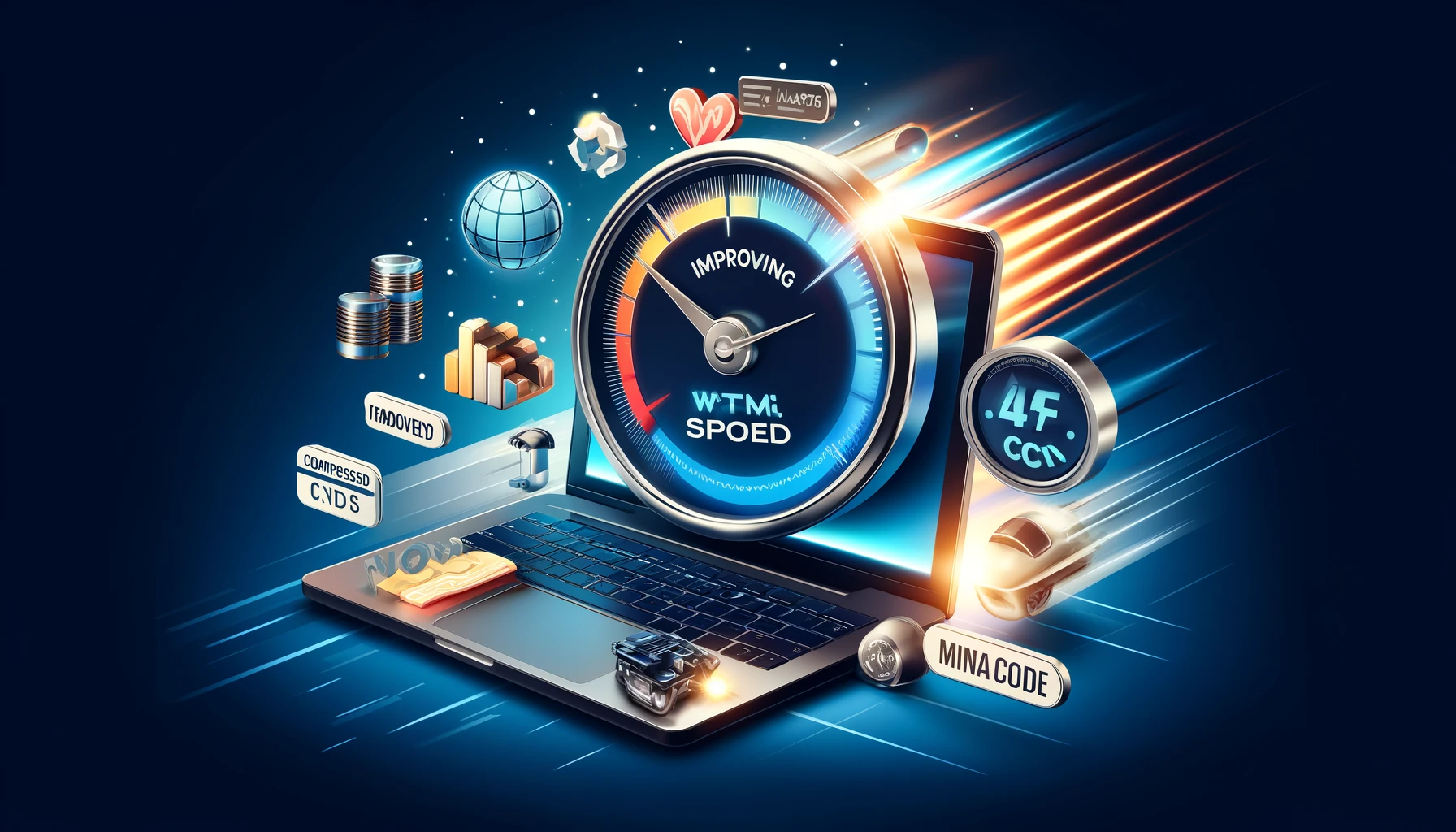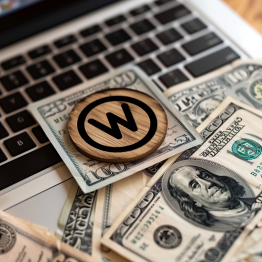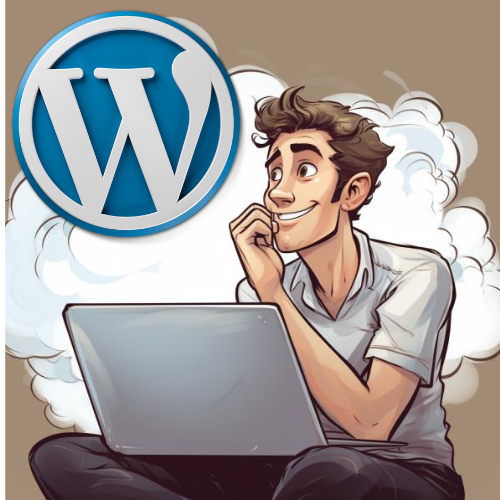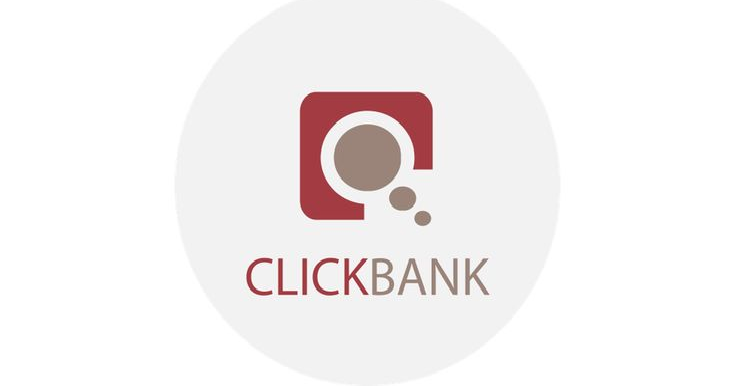How To Improve Your WordPress Site Speed

Learn How to Optimize for Faster Loading Time
When it comes to the speed of your website it is very important, so important in fact it is one of the main ranking factors in Google search engines, potentially meaning that faster website speeds brac all things even) will receive more traffic potentially.
If you think about it, the last thing you want to do as a user is way to for a load time on a page. people are impatient nowadays and the faster something loads the better.
If a website user is able to flick through pages and click on links quickly they are more likely to stay on the website longer as well.
our aim is to help you try and achieve this there are various things that we can do, so such as hosting options from shared to VPS and dedicated servers, which are potentially massive ways to improve the speed of the website.
>>View Our Top Recommended Plugins for Site Performance and Speed<<
Additionally, you can also consider adding WordPress plugins, we have a list of them here, many of which I have used and still used to this day.
In essence they cash come out our store pages, so they get displayed even quicker, the page is in effect ready to load as soon as user which is to look at it, as well as other technical factors behind the scenes, many of which is even beyond the scope of what I understand.
So let’s keep it simple, let’s see what works and on the surface way it works with the website speed recommendations, Let’s Begin..
Understanding Site Speed
Definition of Site Speed
In order to first address the websites page/load site speed you have to first understand it. So site speed simply refers to the time that it takes for a web page to load fully, simple right?
This must include all of the elements on the page from text images videos, ads, everything!

How to Your Current Site Speed
Here are a few tried and tested ways to establish if you need to address your websites loading and page speed.
Tools to Measure Site Speed
Google PageSpeed Insights
- Will Help to Analyzes the content of your web pages.
- Provides Helpful suggestions to make your pages faster.
- Offers Guidance for both mobile and desktop versions.
- Measures site performance.
- Will Outline with a fully detailed report on a vareiry of performance metrics.
- Offers top recommendations on how to improve loading times.
- Great for testing the load time of your website.
- Checks and Analyzes all elements of the page.
- Provides helpful insights to enhance your speed.
Analyzing the Results
Begin by using the tools recommended above, go through them and identify any weak areas are areas which need attention so you can aim to address and improve your sites functionality and Performance speed.
the important takeaways are things like key metrics, such as, page load time the size of the page ( often images which are far too big, unnecessarily so, cut slow down the page dramatically) and the number of requests, higher volumes of traffic and also impact the load time if the server isn’t handling it well.
For the more advanced reader here, be on the look out for specific recommendations related to images, CSS, JavaScript, and server response times.
Identifying Key Areas for Improvement
now if you happen to have a website which is performing very poorly there is a chance you could get an information overload, and a checklist that is as long as your arm on the things that you need to do on your website to help make it quicker and improve performance.
In short, what you need to do is prioritise these. Target the ones which have the most significant impact on loading times on your website.
the most likely thing to target first is quite often image optimization followed by reducing HTTP requests, and a quick fix leads to enabling caching, which can often be done via WordPress plugin, more on that later.

Best Practices for Optimizing WordPress Site Speed
Yes going through the checklists above and addressing the things that we have outlined is important, and at the very least can find tune your website to get a little bit more up to a substantial amount more from your website.
however, one of the biggest things you can do to your website to help improve it’s performance is to consider what hosting you are using,
Choosing a Reliable Hosting Provider
The Importance of Good Hosting
- Hosting quality and what package you select can significantly affect site speeds.
- Reliable hosting ensures faster server response times and better overall performance.
- Poor or too cheap hosting can lead to slow load times, downtime, and a poor user experience, meaning less rankings and less traffic. (For those interested in SEO) 🙂
Recommended Hosting Options
- SiteGround
- Known for excellent customer support.
- Often an Online Marketers go to!
- Offers robust performance and security features.
- Bluehost
- Popular choice with affordable plans.
- Good uptime and reliable performance.
- WP Engine
- Managed WordPress hosting focused on speed and security.
- You can select advanced caching and CDN integration.
- Kinsta
- High-performance managed WordPress hosting.
- Uses Google Cloud Platform for reliable and fast performance.
Looking at these hosting providers that have been mentioned above, their prices can vary, often that can be linked to the type of hosting that you go with.
If you’re just starting out quite often a shared server, especially if you’re only got 1 or 2 websites, will probably do the job.
However, for a growing website, our bunch of websites, which is generating traffic, my next step would be to upgrade to a VPS.
Now, if you have aimed for the stars and reached the stars, , so to speak 🙂 in other words your business is booking and you have massive amounts of traffic then a dedicated server is a must!
>>View Our Top Recommended Plugins for Site Performance and Speed<<
Optimizing Images
Importance of Image Optimization
Something that is often overlooked by a webmaster, is the simple fact that an image can be the largest file on a web page, sometimes, unknowingly, one simple image can be huge in terms of its size, but has been overlooked when uploaded, and that sometimes alone can be the reason why a page is loading very slowly.
So always check your images!
Tools and Techniques for Compressing Images
here are some great tools you can use to compress your image, by compression we simply mean to make the image smaller.
Tools
- Smush: Compresses and optimizes images without losing quality.
- ShortPixel: Offers powerful image optimization with various compression levels.
- Imagify: Easy-to-use tool for compressing images directly in WordPress.
Techniques
- Use the correct image format (JPEG for photos, PNG for graphics). personally I like to use png, as quite often I like to have an image transparent are without a background.
- try and get into the habit to resize images to the appropriate dimensions before uploading.
- Use lazy loading to delay image loading until they are needed.
Using a Content Delivery Network (CDN)
Benefits of CDNs and what it is
A Content Delivery Network or (CND) Will help to distribute your site’s content across multiple servers worldwide. This is helpful because it reduces latency and speeds up content delivery to your website user. CDNs can also handle traffic spikes more effectively as they can allocate usage from other networks quickly, whereas a shared server, for instance, is stuck within its own confines,
Popular CDN Providers
- Cloudflare: Offers a free plan with essential CDN features.
- KeyCDN: Affordable pricing and easy integration with WordPress.
- Amazon CloudFront: Powerful CDN with global reach and extensive features.
Minifying CSS, JavaScript, and HTML
Explanation of Minification
Minification removes unnecessary characters from code (like spaces and comments). This reduces file sizes and improves load times. Minification is essential for optimizing CSS, JavaScript, and HTML files.
Tools and Plugins for Minification
- Autoptimize: Aggregates, minifies, and caches scripts and styles.
- W3 Total Cache: Provides comprehensive minification and caching features.
- Fast Velocity Minify: Combines and minifies CSS and JavaScript files effectively.

Leveraging Browser Caching
How Browser Caching Works
Browser caching stores copies of your site’s files in users’ browsers. This speeds up subsequent visits by loading cached files instead of fetching from the server. Effective caching reduces server load and improves site performance.
Setting Up Browser Caching in WordPress
My go to’s when it comes to WordPress plugins for speaking up the website and for caching like W3 Total Cache or WP Super Cache to enable browser caching. Set appropriate expiration times for different types of files (e.g., images, scripts). Ensure caching rules are configured correctly in your site’s .htaccess file.
Enabling and Benefits of Gzip Compression
Gzip compresses web files before sending them to the browser. This reduces the size of HTML, CSS, and JavaScript files. Gzip compression leads to faster loading times and reduced bandwidth usage.
How to Enable Gzip Compression
Most modern web servers support Gzip compression. Use plugins like WP Rocket or W3 Total Cache to enable Gzip on your WordPress site. Alternatively, add Gzip rules to your site’s .htaccess file.
Reducing HTTP Requests
Explanation of HTTP Requests
Each element on a web page (images, scripts, stylesheets) requires an HTTP request. More requests mean longer load times. Reducing the number of requests improves site speed.
Strategies to Reduce the Number of Requests
Combine CSS and JavaScript files. Use CSS sprites to combine multiple images into one. Minimize the use of external scripts and resources.
>>View Our Top Recommended Plugins for Site Performance and Speed<<
Optimizing Database Performance
Importance of Database Optimization
Regular database optimization prevents “bloat” and keeps your site running smoothly. An optimized database improves query performance and reduces load times.
Techniques and Tools for Database Optimization
Use plugins like WP-Optimize or WP-Sweep to clean up your database. Remove unnecessary data such as post revisions, spam comments, and transients. Schedule regular database maintenance to ensure ongoing performance.
Lazy Loading Images and Videos
Benefits of Lazy Loading
Lazy loading delays the loading of images and videos until they are needed. This reduces initial page load times and improves performance. Lazy loading is especially beneficial for pages with lots of media.
How to Implement Lazy Loading in WordPress
Use plugins like Lazy Load by WP Rocket or a3 Lazy Load. These plugins automatically enable lazy loading for images and videos. Test your site to ensure lazy loading is working correctly and not affecting user experience.







